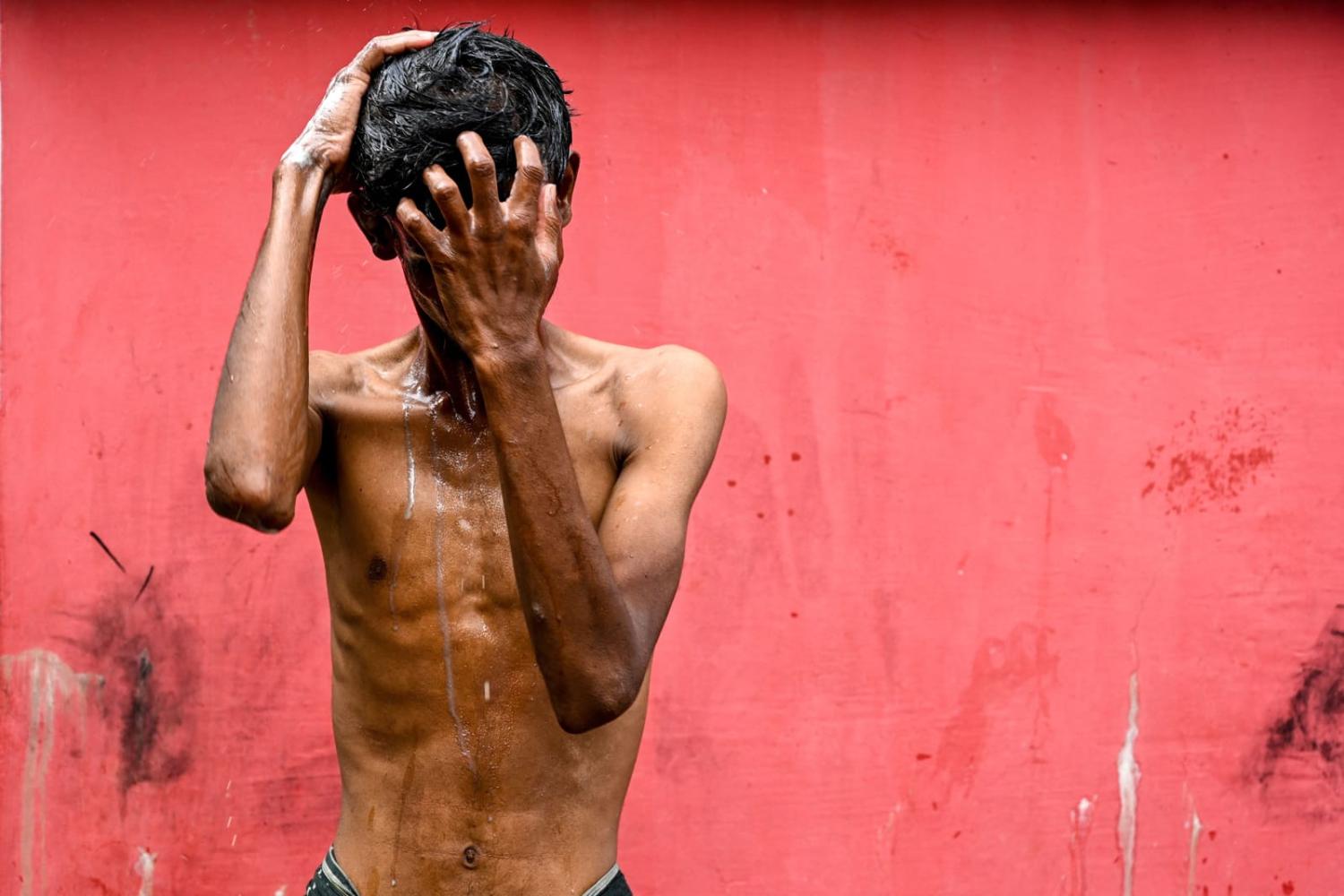A rare ministerial meeting of the Bali Process in Adelaide on Friday is an opportunity for engagement, collaboration and leadership on a matter of urgent regional concern – the fate of one million people seeking freedom and protection from deadly violence.
The 49-member group, comprising 45 countries and four international agencies, is led by Australia and Indonesia, and has a mission to address practical issues related to smuggling, trafficking and related transnational crime.
Like Australia, co-Chair Indonesia is pursuing an ambitious international program, pivoting from G20 presidency in 2022 to this year chair the Association of Southeast Asian Nations.
The first ministerial meeting of the Bali Process since 2018 comes as the region struggles for a coherent response to a sharp increase in Rohingya people seeking freedom and protection from violence in Myanmar.
People smugglers exploiting a policy vacuum prey on the million-plus inhabitants of the world’s largest refugee camps in Cox’s Bazar, Bangladesh. This drove a six-fold increase in movements in 2022, making it the deadliest year in a decade. More than 3500 people attempted dangerous voyages in 2022 on 39 boats. At least 15 of these were in the last two months of the year, and an estimated 350 people have died.
This is sadly familiar. In 2015, thousands were left adrift in the Andaman Sea crisis and hundreds died, largely because the region did not mount a coherent, timely response.
Emergency measures introduced as a response to the 2015 crisis were activated in 2017, when more than 700,000 people crossed the Myanmar-Bangladesh border to escape military-led killings targeting Rohingya in Rakhine State.
The co-Chairs of the Bali Process can invoke these measures again. This could support member countries and NGOs to coordinate search and rescue missions, share information on known movements, and undertake timely processing and settlement.
Reforms to the Bali Process urged by UN agencies at December’s senior officials meeting, and those proposed by policy experts in the Asia Dialogue on Forced Migration can provide a path to a dignified, durable and effective response in the long term. Clearer strategy and leadership by the co-Chairs would provide certainty on how the region manages forced migration, with a priority on swift responses to known movements.
Investing in technical capability, and connecting the Bali Process more closely to ASEAN, and the private sector, would better attack the drivers of forced migration. Shared information and procedures would detect, rescue, screen and shelter people more easily, enabling countries to pursue leaders in people smuggling outfits and disrupt their operations.
Over time this will undermine their business model, and help Bali Process countries to tackle the causes of forced migration as well as its effects.
In leading a Bali Process ready for the future, Australia and Indonesia can align their own interests with those of the region, demonstrating partnership on a wicked problem confronting the Indo-Pacific as a whole.

